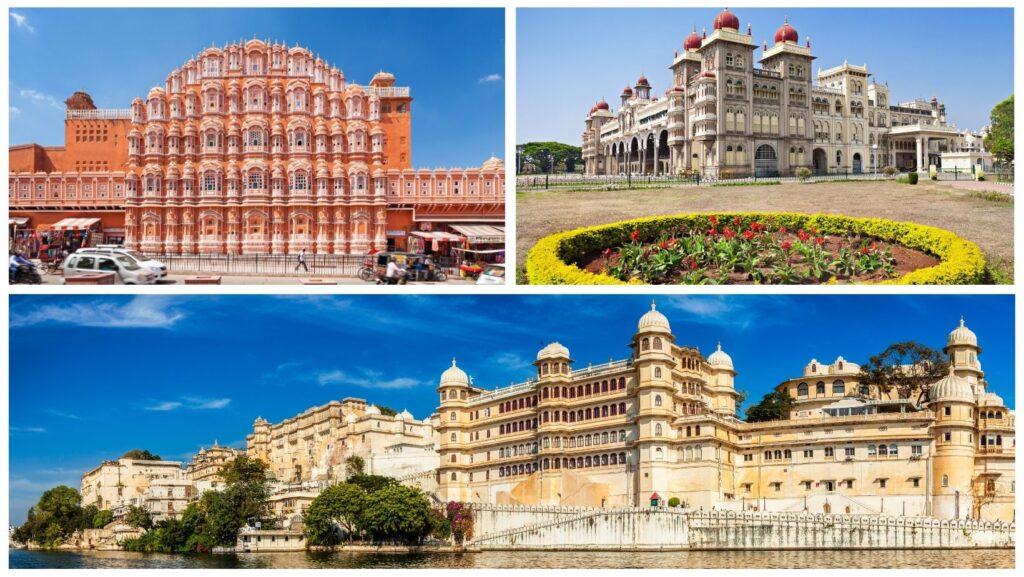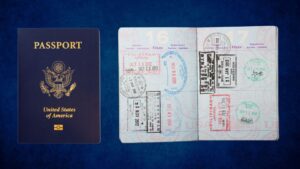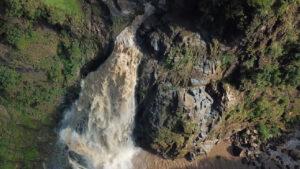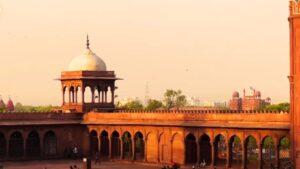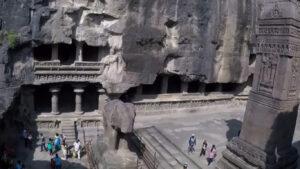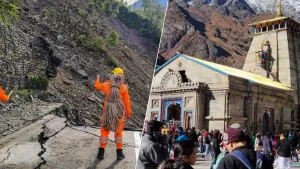Jaipur, the capital of Rajasthan, is a city that is rich in culture, history, and architecture. It is also known as the Pink City, because of the pink-colored buildings that adorn its old city. Jaipur is home to many magnificent monuments that showcase the glory of the Rajput and Mughal dynasties that ruled over this region.
Among these monuments, three stand out as the most majestic and iconic attractions of Jaipur: Amber Fort, Hawa Mahal, and City Palace. These three attractions are not only stunning to look at, but also have fascinating stories behind them. Explore these three attractions and answer some common questions that travelers may have about them.
What is Amber Fort and why is it famous?
Amber Fort, also known as Amer Fort or Amber Palace, is a sprawling fortress-palace complex that is situated on a hill overlooking Maota Lake. It was built by the Kachhwaha Rajputs, who ruled over Amber (the former capital of Rajasthan) from the 11th to the 18th century.
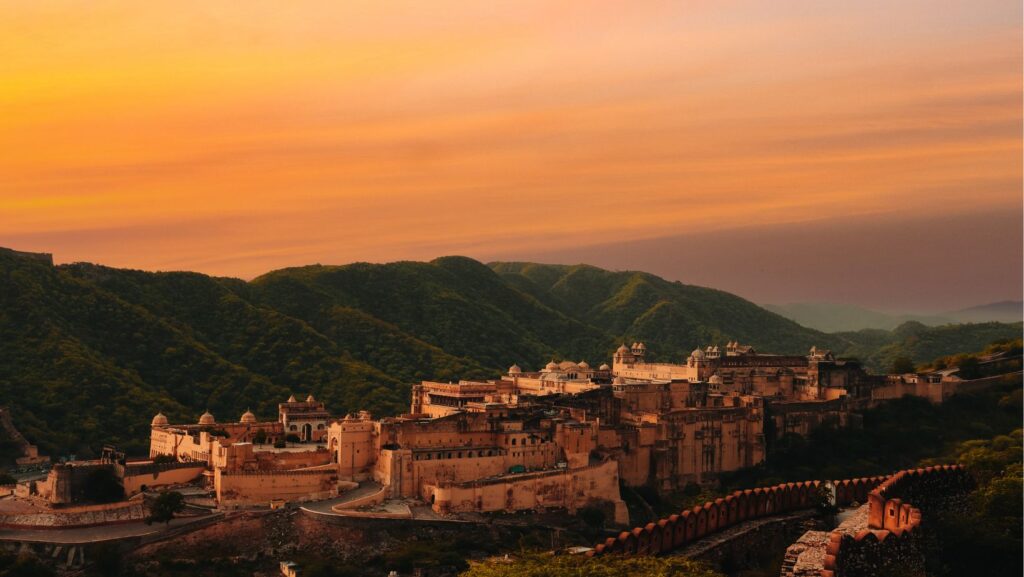
Fort is a blend of Hindu and Mughal architectural styles and is made of red sandstone and white marble. It consists of four main sections, each with its own courtyard, gate, palace, and temple. Some of the notable features of Amber Fort are:
- Suraj Pol (Sun Gate), which is the main entrance to the fort and leads to the Jaleb Chowk (Parade Ground), where the royal army used to display their war booty.
- Diwan-i-Aam (Hall of Public Audience), is a large hall with a double row of columns and a raised platform for the king to address his subjects.
- Sheesh Mahal (Mirror Palace), is a dazzling chamber decorated with thousands of mirrors and glass pieces that reflect the light and create a sparkling effect.
- Sukh Niwas (Pleasure Palace), is a cool and airy palace with a channel of water running through it to create an artificial breeze.
- Ganesh Pol (Elephant Gate), is a beautiful gate with intricate paintings and carvings of elephants, flowers, and birds.
- Kesar Kyari (Saffron Garden), is a garden on an island in the Maota Lake, where saffron flowers used to be planted.
What is the entry fee for Amber Fort in Jaipur?
To visit Amber Fort, Indian visitors have to pay INR 25 per person, while Indian students have to pay INR 10 per person. Visitors from other countries have to pay INR 200 per person, while students from other countries have to pay INR 100 per person.
What is special about Amber Fort?
At Amer Fort, visitors can explore various attractions, such as the diwan-e-aam, such mandir, and the Sheesh Mahal. The fort also has some underground passages that link it to Jaigarh Fort. Some of these passages have been renovated and are accessible to the public.
How much does it cost to go to Amber Palace?
| Location | Devisinghpura, Amer, Jaipur |
| Timings | 8 AM to 7 PM |
| Entry Point | Sun Gate, Suraj Pol |
| Entry Fee | Foreigners – INR 550 per person Foreign Students – INR 100 per person Indians – INR 50 per person Indian Students – INR 10 per person |
| Still and Video Cameras | Allowed |
What is the best time to visit Amber Palace?
Amer Fort is open to visitors every day from 8 am to 5:30 pm. The ideal time to visit Amer Fort is from October to March when the climate is relatively mild and comfortable.
How to reach Amber Fort from Jaipur and other places?
Amber Fort, also known as Amer Fort or Amber Palace, is one of the most popular tourist attractions in Jaipur, Rajasthan. It is a majestic fortress-palace complex that showcases the Rajput and Mughal architectural styles. It is situated on a hill overlooking Maota Lake, about 11 kilometers from Jaipur’s main city. If you are planning to visit Amber Fort, you may wonder how to reach it from different places in Jaipur and nearby. Here are some of the ways to reach Amber Fort from various locations:
From Jaipur Railway Station: The distance between Amber Fort and Jaipur railway station is around 13 kilometers and the travel time will be around 30 minutes depending on the traffic.
Two options to reach Amber Fort from the railway station: either take a cab or a taxi from the station exit or board the metro from the railway station to Badi Chaupar and then catch the bus from Badi Chaupar to Amber Fort.
From Jaipur Airport: Amber Fort is about 22 kilometers from Jaipur International Airport, which is situated in the Sanganer area of Jaipur city. It will take you around 50 to 55 minutes to reach Amber Fort from the airport, depending on the traffic. You have the choice of either taking a cab or a taxi from the airport or boarding a public bus from Jawahar circle (Airport area) to Amber Fort.
Amber Fort is famous for its grandeur, beauty, and history. It was the residence of the Rajput kings and their families for over two centuries. It was also the site of many battles, sieges, and treaties. It witnessed the rise and fall of several dynasties and empires. It is now a UNESCO World Heritage Site and one of the most visited tourist attractions in India.
What is Hawa Mahal and why is it famous?
Hawa Mahal, which means Palace of Winds or Palace of Breeze, is a stunning palace that is located in the heart of Jaipur’s old city. It was built in 1799 by Maharaja Sawai Pratap Singh as an extension of the City Palace.
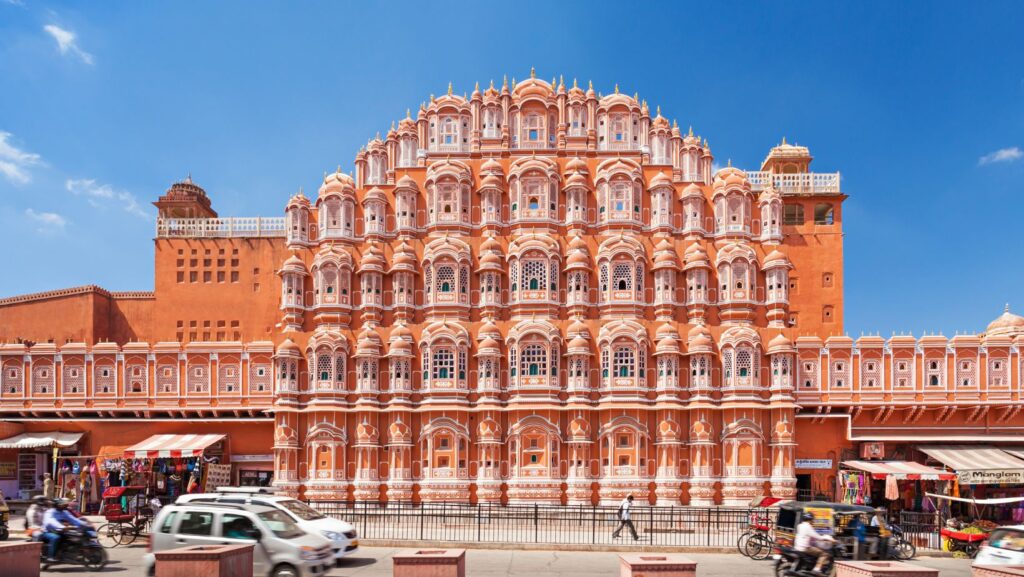
Palace is designed in the shape of a crown of Lord Krishna, who was the patron deity of the king. The palace has five stories and 953 small windows or jharokhas that are decorated with intricate latticework. The windows allow the breeze to flow through the palace and keep it cool in summer.
What makes Hawa Mahal a special attraction in Jaipur?
Hawa Mahal, or Palace of Winds, is a remarkable palace that is located in the heart of Jaipur, the capital of Rajasthan, India. It was built in 1799 by Maharaja Sawai Pratap Singh as an extension of the City Palace, where the royal family lived. The palace has a unique design and purpose that make it a special attraction in Jaipur. Some of the features that make Hawa Mahal special are:
- Palace is made of red and pink sandstone, which gives it a pink hue that matches the color scheme of Jaipur’s old city. The palace is also decorated with white lime wash motifs and carvings that add to its beauty.
- Palace has five stories and 953 small windows or jharokhas that are arranged in a honeycomb pattern. The windows have intricate latticework that allows the breeze to flow through the palace and keep it cool in summer.
- Palace is designed in the shape of a crown of Lord Krishna, who was the patron deity of Maharaja Sawai Pratap Singh. The palace also reflects a fusion of Rajput and Mughal architectural styles, with domes, arches, pillars, and canopies.
Hawa Mahal is a stunning palace that showcases the culture, history, and art of Jaipur. It is one of the most iconic symbols of Rajasthan and one of the most visited tourist attractions in India.
On which day Hawa Mahal is closed?
Museum is closed on Friday and Saturday.
What are the visiting hours of Hawa Mahal?
| Location | Badi Choupad |
| Timings | 9:00 am to 4:30 pm; every day |
| Entry Fee | ₹ 50 for Indians; ₹ 200 for foreigners |
| Year of Establishment | 1799 |
| Height | 50 meters |
Can we go to Hawa Mahal at night?
Hawa Mahal is the most renowned attraction of Jaipur, and it attracts a lot of visitors throughout the day. Although Hawa Mahal is not open at night, seeing it in the evening is a wonderful way to admire its charm.
What is the entry fee for Hawa Mahal?
Hawa Mahal is open from Visiting Hours – 9.30 AM – 5.00 PM, Entry fee for Indians: 50 Rs. Entry fee for Foreigners: 200 Rs.
Which month is best for Hawa Mahal?
September to February months is the best time to visit Hawa Mahal.
What is City Palace and why is it famous?
City Palace is a magnificent palace complex that is located in the center of Jaipur’s old city. It was built by Maharaja Sawai Jai Singh II, who founded Jaipur in 1727 as his new capital. Palace complex covers one-seventh of the area of the old city and consists of several buildings, courtyards, gardens, temples, museums, and galleries.
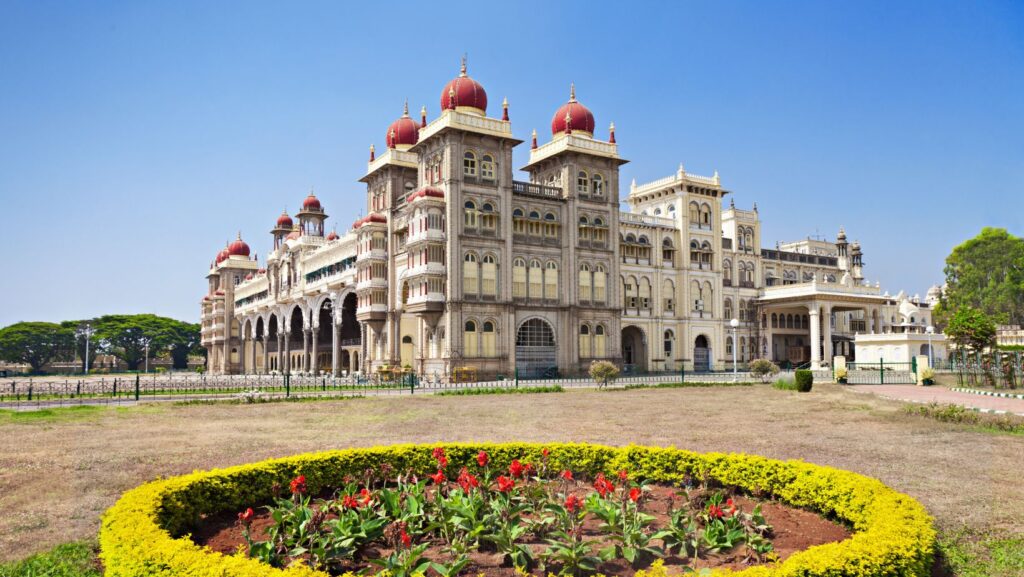
Palace complex showcases a fusion of Rajasthani, Mughal, European, and Chinese architectural styles. Some of the notable features of City Palace are:
- Mubarak Mahal (Auspicious Palace), is a grand reception hall with a richly decorated facade and a museum of royal costumes and textiles.
- Chandra Mahal (Moon Palace), is a seven-story palace that is still the residence of the royal family and contains some of their personal belongings and portraits.
- Diwan-i-Khas (Hall of Private Audience), is a marble-floored hall with two huge silver urns that hold the Guinness World Record for being the largest silver object in the world.
- Diwan-i-Aam (Hall of Public Audience), is an open hall with a red sandstone throne and a gallery of miniature paintings and manuscripts.
- Pritam Niwas Chowk (Courtyard of the Beloved), is the inner courtyard of the palace with four ornate gates representing the four seasons and Hindu gods.
- Govind Dev Ji Temple, which is a temple dedicated to Lord Krishna and his consort Radha, is considered one of the most sacred temples in Jaipur.
What are the entry fees for City Palace?
| Location | Tulsi Marg, Gangori Bazaar, Jaipur, Rajasthan |
| Entry Fee | For Indians: Rs 200 For Foreign tourists: Rs 700 50% discount for children and students with valid ID. Additional charges for exclusive areas of the palace. |
| Entrance | Udai Pol and Virendra Pol |
| Year of Establishment | 1727 |
What is the best time to visit City Palace?
Best time to visit Jaipur is between October and March when it is relatively cooler. The city palace has many sections that are open and hence it is best to visit this place before it gets too sunny.
City Palace is famous for its elegance, splendor, and history. It was the seat of power and administration of the Jaipur state for over two centuries. It was also the venue of many royal ceremonies, events, and festivals. It is now a major tourist attraction and a cultural center that showcases the art, craft, and heritage of Jaipur.
Conclusion
Jaipur is a city that offers a lot to its visitors, especially those who are interested in history, culture, and architecture. Amber Fort, Hawa Mahal, and City Palace are three of the most majestic and iconic attractions of Jaipur that reflect the glory and legacy of the Rajput and Mughal rulers. These attractions are not only stunning to look at but also have fascinating stories behind them. They are a must-see for anyone who wants to experience the charm and elegance of Jaipur.
Published By: Mypuritour
